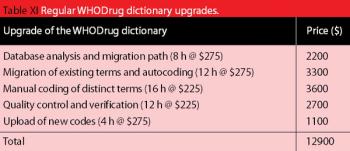
The collection, investigation and monitoring of suspected adverse drug reactions (SADRs), and associated product use and complaint information, is a regulatory requirement for all manufacturers of pharmaceuticals for human use.1 This process, called pharmacovigilance or drug safety, appears to be fairly standardized between different pharmaceutical companies and usually contains the elements outlined in Figure 1.




